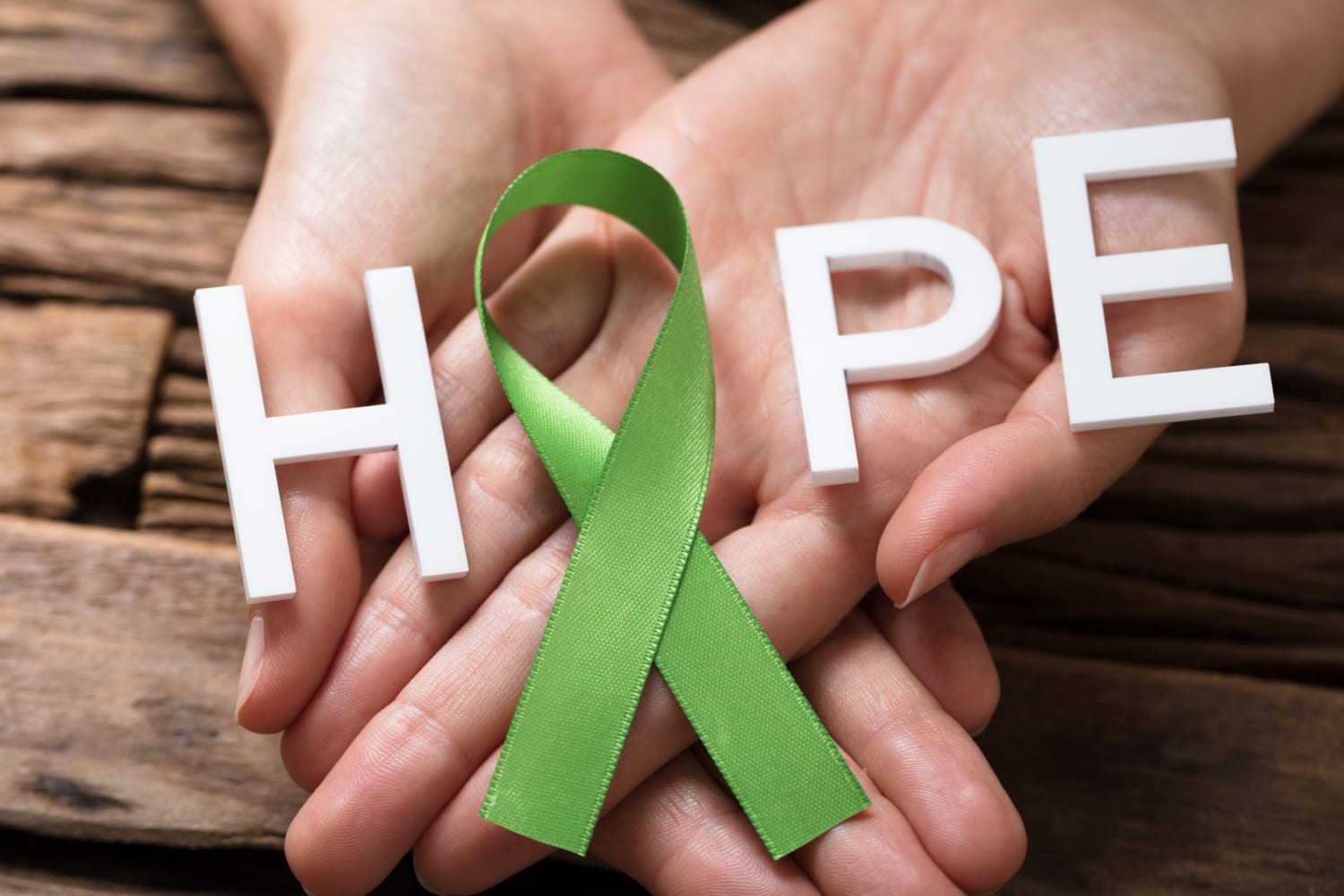Depression and Anxiety Symptoms and Treatment

Most of us experience anxiety or depression at some point in our lives. This is normal. Sometimes the two disorders, which often occur at the same time, can interfere with daily activities such as work, personal hygiene and socializing, for example.
When a person’s daily functioning is affected this is an indication that depression and/or anxiety are a problem. Schedule a visit with your primary care physician for help. Without treatment, the disorders can lessen a person’s quality of life and hinder recovery from illness or physical trauma. Studies have shown that 10% to 20% of adults visit their primary care physician during an anxiety or depressive episode in any given year.
Types of Depression
There are several kinds of depression. Some of the most commoninclude Major Depressive Disorder with symptoms that last more than two weeks, Persistent Depressive Disorder with symptoms most days during a two-year period, Bipolar Depression, Postpartum Depression, Premenstrual Dysphoric Disorder, Seasonal Affective Disorder that occurs during the winter, and Atypical Depression with reactive moods as well as increased sleep and appetite.
Symptoms of a Depressive Disorder
There are many potential symptoms, but there are some key issues in particular that occur. Factors that contribute to depression include family history, ongoing high levels of stress, chemical and hormonal changes in the body, chronic illness and major life changes like divorce, retirement due to disability and or other kind of personal loss.
Potential symptoms include:
- Ongoing sad or empty mood.
- Feelings of hopelessness.
- Loss of interest in activities, even those typically enjoyed.
- Changes in appetite with loss of weight or weight gain.
- Sleeping issues such as insomnia or excessive sleeping.
- Psychomotor agitation, which are unintentional restless movements.
- Psychomotor retardation, where thoughts and physical movements are slowed down.
- Fatigue, loss of energy.
- Difficulty concentrating or making decisions.
- Feelings of low self-esteem, worthlessness or excessive guilt.
- Recurring thoughts about death, suicide in general, having a suicide plan or attempting suicide.
- Aches and pains or gastrointestinal disorders that have no other cause.
Types of Anxiety
Major types of anxiety disorders include Generalized Anxiety Disorder that is chronic, Obsessive-Compulsive Disorder with obsessions and compulsions, Panic Disorder with intense physical symptoms related to intense fear, Post-Traumatic Stress Disorder (PTSD), Social Phobia with overwhelming anxiety in social situations,
Symptoms of General Anxiety Disorder
Generalized anxiety disorder causes a person to be overly anxious or worried most days within a six-month period. Symptoms cause substantial distress in social, occupational and other functional areas. Worrying usually comes with physical symptoms.
Possible symptoms include:
- Feeling edgy or restless.
- Tense muscles.
- Racing heart.
- Teeth grinding.
- Fatigue and loss of energy.
- Exaggerated startle response.
- Feelings of dread.
- Can’t concentrate.
- Mind suddenly goes blank.
- Sleep is easily disturbed.
- Somatic symptoms such as nausea, pain, dizziness, sweating and diarrhea.
Treatment for Co-Occurring Anxiety and Depression
When you go to your doctor for a medical diagnosis, you’ll be asked a series of screening questions in order to get a fuller understanding of what you’ve been experiencing. You may also undergo a physical exam and blood testing to rule out other possible underlying problems.
Generally, treatment for depression and anxiety includes therapy or medication or a combination of both.
Psychotherapy
Your therapist will design a treatment program that fits you, your issues and circumstances best. There are several approaches and one or more may be recommended. You will be guided to understand yourself better and how you respond to situations.
Types of therapy include:
Interpersonal Therapy – Teaches you ways to successfully respond to stressors and communication skills that you can use to express yourself better.
Cognitive Behavioral Therapy (CBT) – You’ll learn how to adjust how you think, behave and react in order to be more even and rational.
Problem-Solving Therapy – Helps you learn and use copying skills to manage your symptoms more effectively.
Medication
A single medication may be used to treat both depression and anxiety, or your physician may prescribe a combination of medications, depending on your individual case.
Antidepressants – Antidepressant medications work to regulate certain chemicals and hormones involved in emotional and mental health. There are several types of antidepressants including ones that focus on serotonin (SSRIs and SNRIs), considered a feel-good chemical.
Antianxiety Medications – Formulated to help reduce symptoms of anxiety, these medications may not help with depression alone, and some should not be used long-term because of the addiction risks.
Mood Stabilizers – When antidepressants aren’t effective, these medications might be used to help stabilize mood.
Hypnotherapy
Although not commonly used, hypnotherapy has been shown to be helpful in easing both depression and anxiety symptoms. Studies show it can be effective treatment to provide enhanced focus, better emotional control and improved management of self-consciousness.
Electroconvulsive Therapy (ECT)
ECT is typically used only when no other treatment options have helped. While under anesthesia, the patient’s brain is electrically stimulated in specific areas to help stop symptoms of depression.
Conclusion
Mental health issues including depression and anxiety are fairly common and treatment is available. If you are feeling the symptoms discussed in this article, or others, talk to your doctor about the next step to take towards getting help.
See also: Do You Have Mental Health and Substance Abuse Coverage?

 EINSURANCE
EINSURANCE EINSURANCE
EINSURANCE EINSURANCE
EINSURANCE